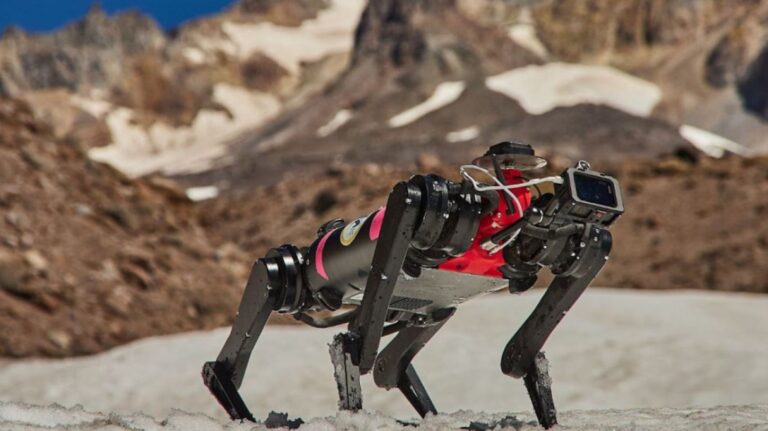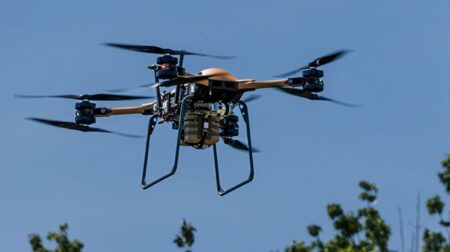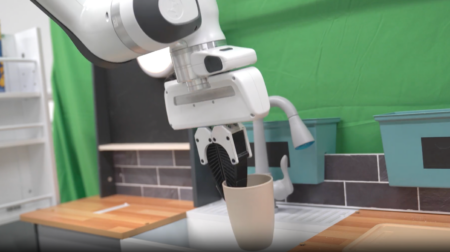A multidisciplinary team of engineers from universities across the US has secured a two-year US$2m (£1.6m) research grant to help NASA study the Moon’s surface.
Named LASSIE, or the Legged Autonomous Surface Science in Analog Environments Project, the research team comprises representatives from NASA, Texas A&M University, Georgia Institute of Technology, Oregon State University, Temple University and the University of Pennsylvania.
“Kind of similar to the way that when we walk on uneven surfaces as humans, we can sort of detect how the ground is shifting beneath our feet, a legged robot is capable of the exact same thing.” said Cristina Wilson from Oregon State University.
“And what’s very cool is that scientists are interested in that data because it tells us things about how that planetary surface formed, how it moves and how it might move in the future.”
NASA explained that roving planetary surface missions often follow pre-programmed paths, which can limit machinery’s adaptability to unexpected terrain changes. This can affect the detection of new features, adjusting movement or sampling techniques and identifying valuable scientific observations for space-based robotic systems.
Challenges, like those faced by Mars rovers Spirit and InSight, stem from difficulties in understanding regolith (a region of loose unconsolidated rock and dust that sits atop a layer of bedrock) properties.
Advancements in legged robots could help address these issues by enhancing robots’ sensitivity to surface changes.
The LASSIE project therefore aims to use leg motors to measure regolith properties and autonomously update mission plans. Testing is set to occur in martian and lunar analog environments, as well as in labs.
The team included engineers, cognitive scientists, geoscientists and planetary scientists, all of whom helped field-test NASA quadruped Spirit. The robot dog navigated several challenging terrains, using spindly metal legs to traverse shifting dirt, slushy snow and boulders during five days of testing in summer last year.








